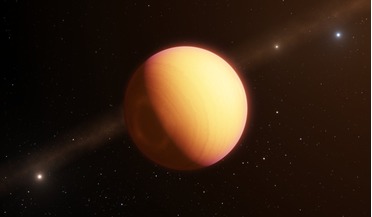 27 March 2019
Storm-plagued exoplanet revealed in detail with GRAVITY
27 March 2019
Storm-plagued exoplanet revealed in detail with GRAVITY
... particles, which disaggregate and rain down into the interior. This paints a picture of a dynamic atmosphere of a giant exoplanet at birth, undergoing complex physical and chemical processes.” It is thanks to GRAVITY’s superb optical interferometry...
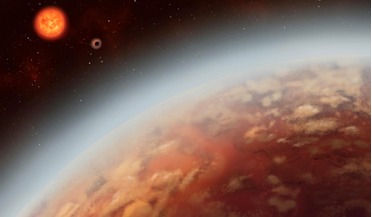 11 September 2019
First detection of atmospheric water vapour on 'super-Earth' in habitable zone
11 September 2019
First detection of atmospheric water vapour on 'super-Earth' in habitable zone
...) and the ARIEL telescope are launched, so that other molecular species can be detected. ARIEL, the Atmospheric Remote-sensing Infrared Exoplanet Large-survey, set for orbit in mid-2028, will be the first mission dedicated to measuring...
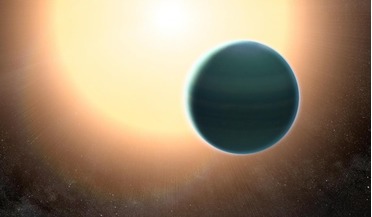 12 May 2017
Warm Neptune with primitive atmosphere discovered
12 May 2017
Warm Neptune with primitive atmosphere discovered
... the planet is not considered a water world. This analysis is the best measurement of water to date on an exoplanet of this size. This primitive atmosphere also suggests that the planet most likely formed later in its solar system development...
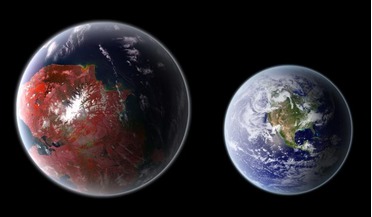 23 June 2021
Exoplanets with Earth-like biospheres may be rare
23 June 2021
Exoplanets with Earth-like biospheres may be rare
... James Webb Space Telescope (JWST) launches later this year, it will have the sensitivity to study the atmospheres of exoplanets and to search for the building blocks of life elsewhere in the Universe. However, with such stringent conditions...
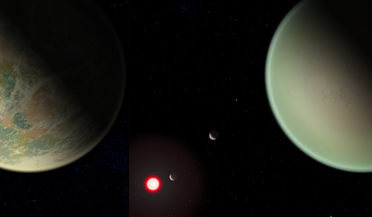 08 January 2020
New technique on finding oxygen could help find alien life
08 January 2020
New technique on finding oxygen could help find alien life
... 1980s from Earth's atmospheric studies but has never been studied for exoplanet research." The signal ... "It is important to know whether and how much dead planets generate atmospheric oxygen, so that we can better recognise when a planet is alive ...
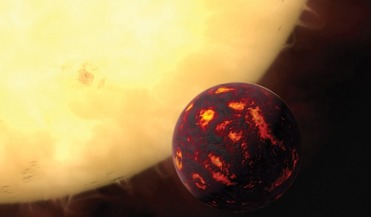 March 2017
Twinkle - a mission to unravel the story of planets in our galaxy
March 2017
Twinkle - a mission to unravel the story of planets in our galaxy
...on planets orbiting very bright stars, a small telescope can do wonders. A bespoke space mission for characterisation of exoplanet atmospheres would have several advantages: experience with Hubble and Spitzer indicates that the instrument’s stability...